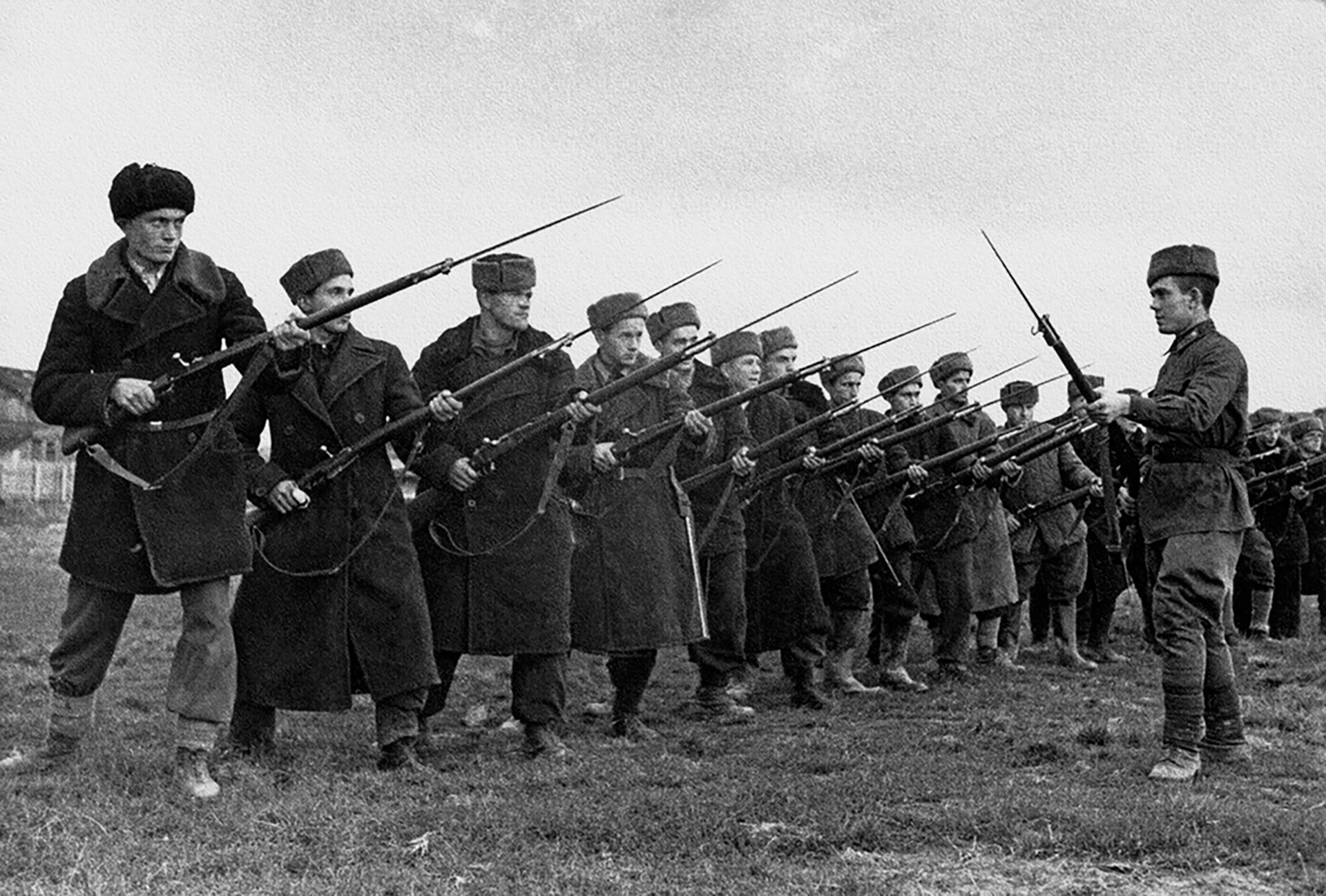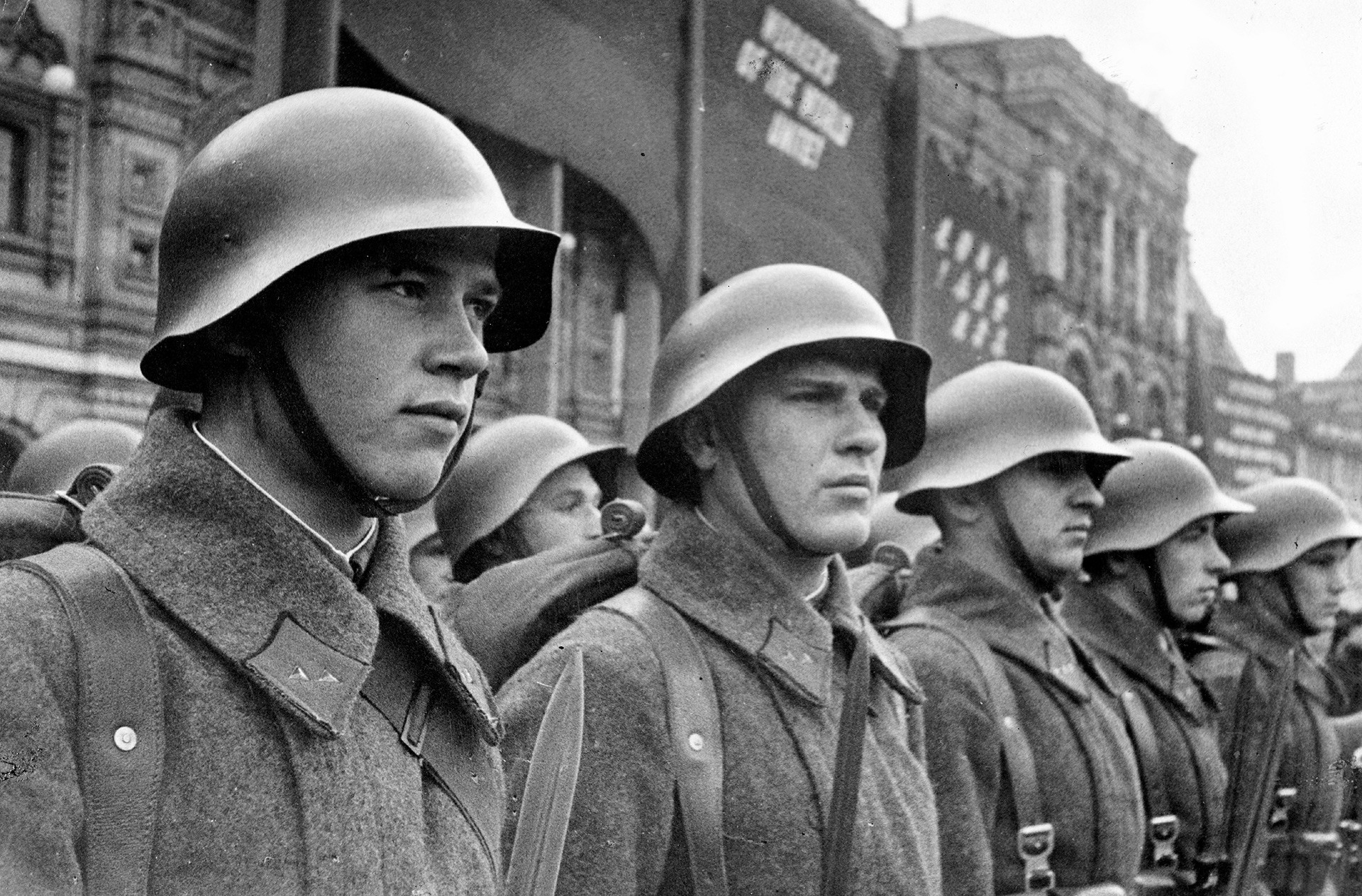
A general mobilization throughout the Soviet Union was declared on June 22. Anyone who was 19 years old was obliged to join the Soviet Army. Those who were 18 were eligible to volunteer. Thousands appeared at assembly points during the early days of the war. Many were frightened that the war would end soon and they’d not get the chance to defend the Motherland and show acts of heroism.
Reality proved to be far less optimistic. Catastrophic defeats and heavy causalities in the first months of the war forced the government to announce a mobilization of everyone age 17 to 50. Also, restrictions were lifted on mobilizing children of the repressed and “unreliable elements” – Tsarist officers, priests, nobles, and Cossacks.
Still, the volunteer movement didn’t lose momentum during the war. People who were officially not allowed to join the military due to disability, age or other reasons, often tried to forge documents that would allow them to enlist.
Despite general mobilization, many people in Siberia and Far East were not mobilized. They were left in reserve in case of war with Japan, which was expected in 1941-1942.

During the first eight days of the war, 5.3 million people were mobilized. This doubled the size of the Soviet Army.
When a person was called up for military service, he had to give up work immediately and was given two-weeks pay. He was also ordered to shave his head, take his identification papers and go to a recruiting center.
Several categories of citizens were exempt from mobilization: those working in harvesting and logging, river navigation, in defense factories, and etc.

Artists, actors, and athletes were also excluded from serving in the military. Soviet citizens of German, Romanian, Finnish, Greek, Hungarian, Chinese, and Japanese origins were not mobilized for military service. Instead, they were sent to construction battalions.
After the war, the Soviet Army realized that 11 million soldiers was too much for peace time. No military conscription took place in 1946-1948. Instead, young people were sent to restore the country’s industrial and agricultural potential, and by 1948 the number of servicemen had fallen to 2.8 million.
If using any of Russia Beyond's content, partly or in full, always provide an active hyperlink to the original material.
Subscribe
to our newsletter!
Get the week's best stories straight to your inbox